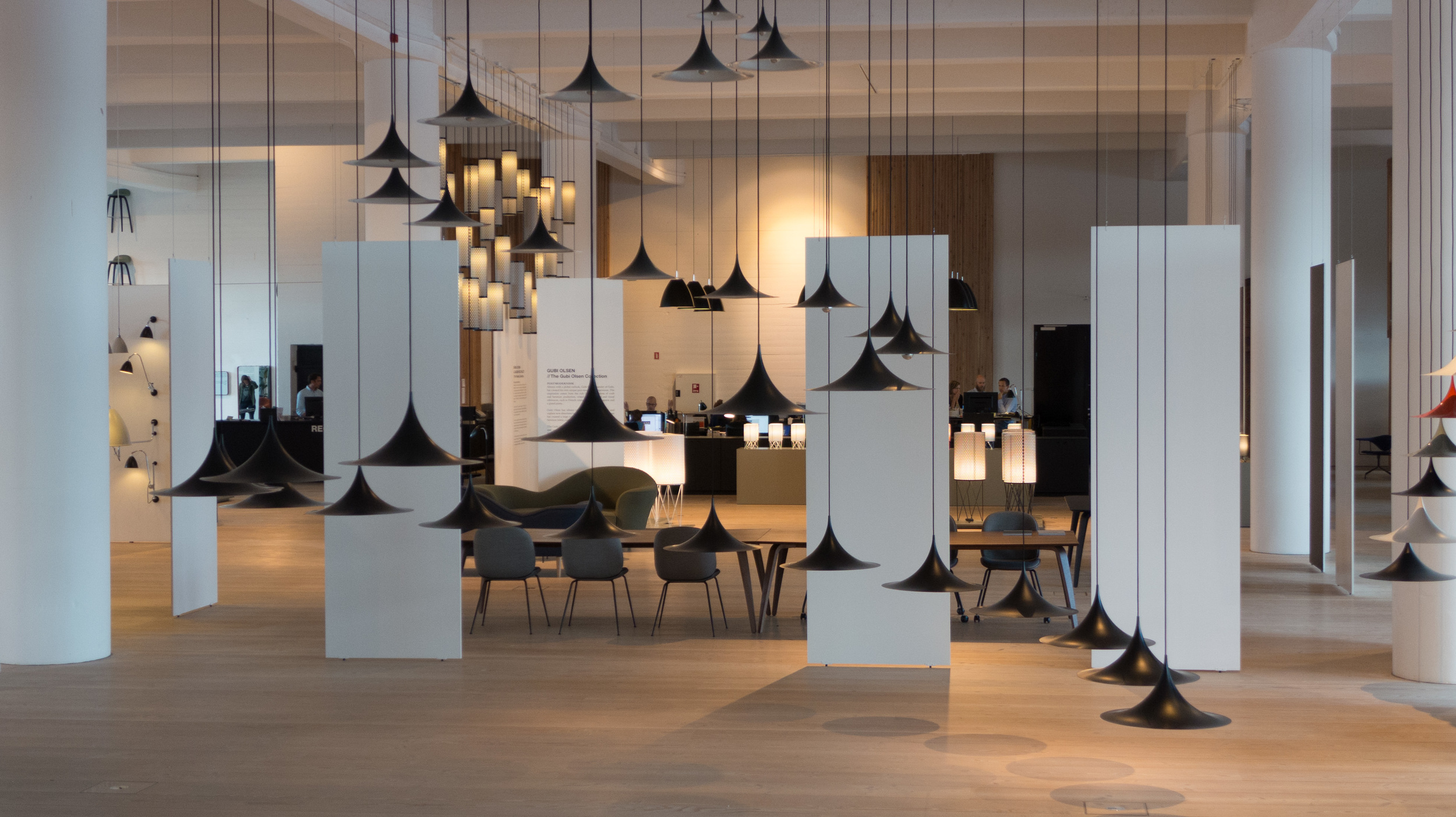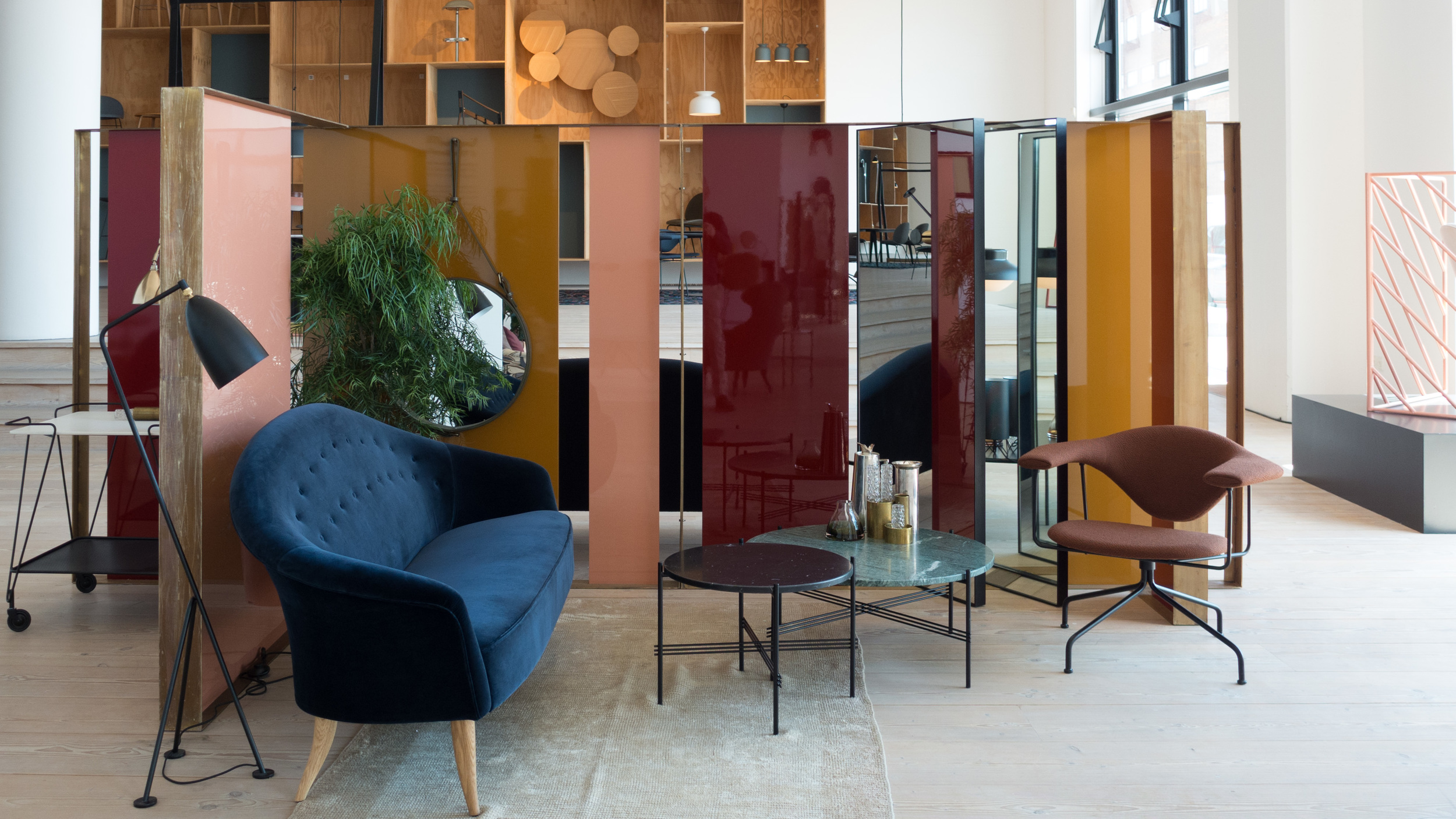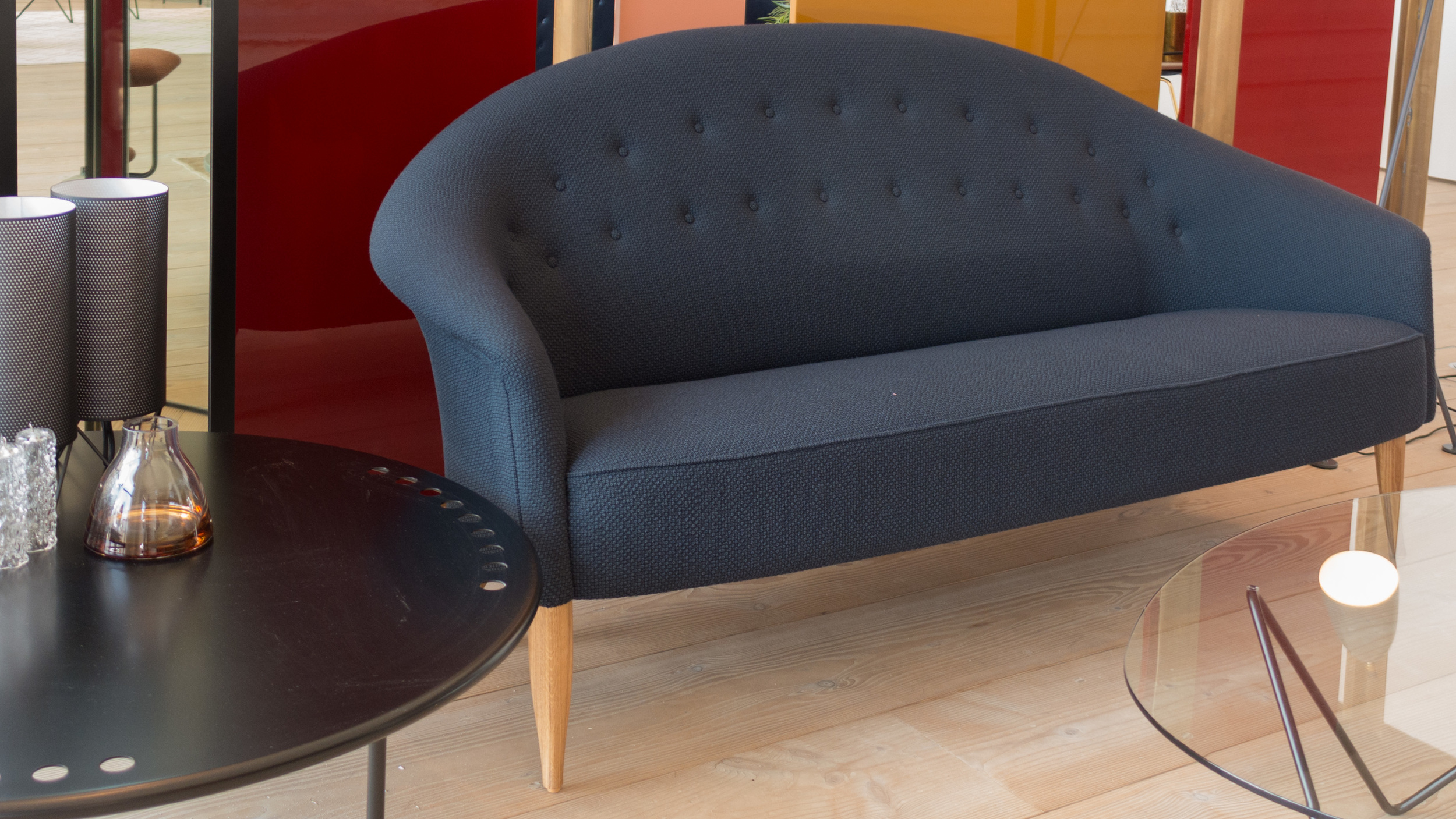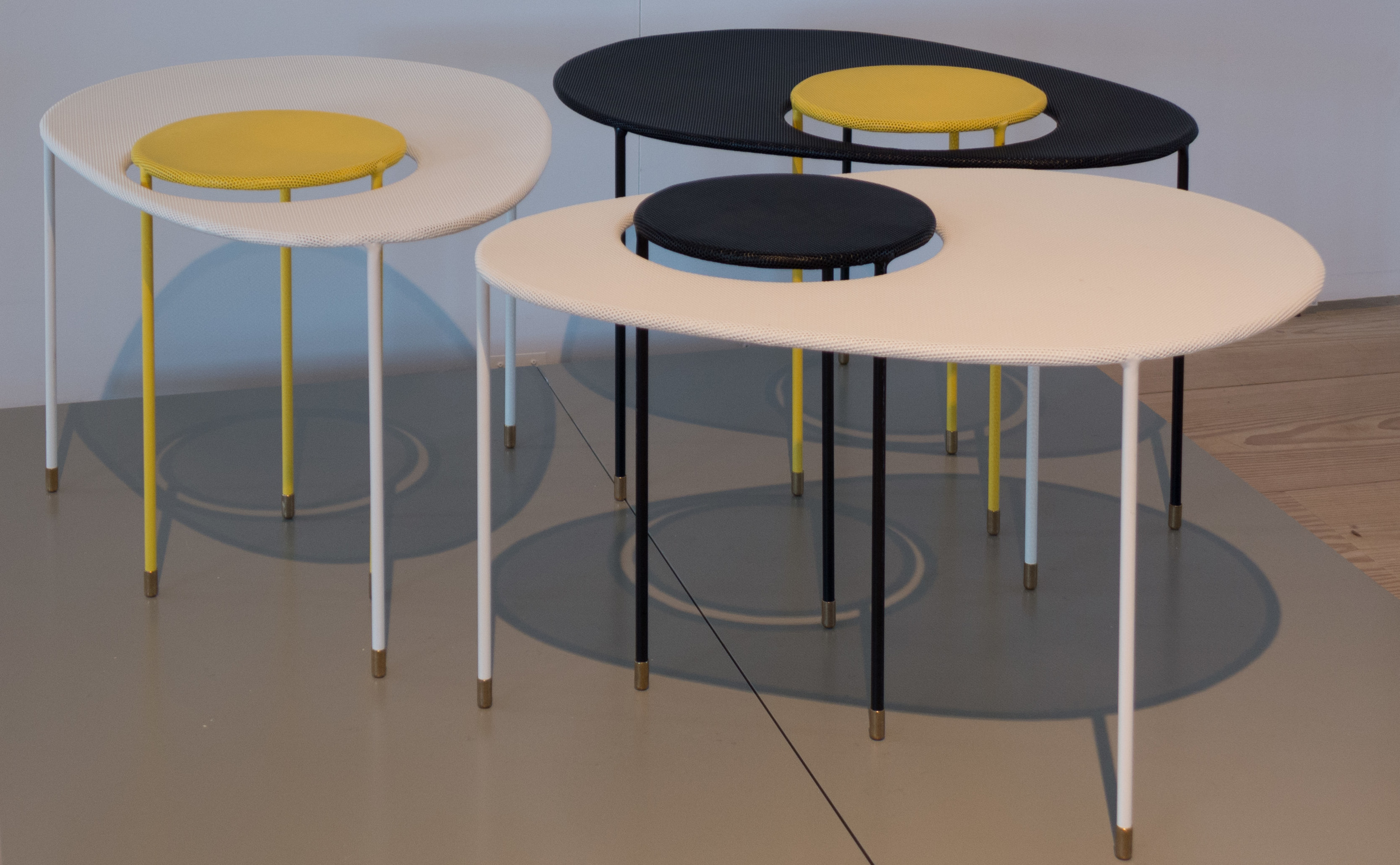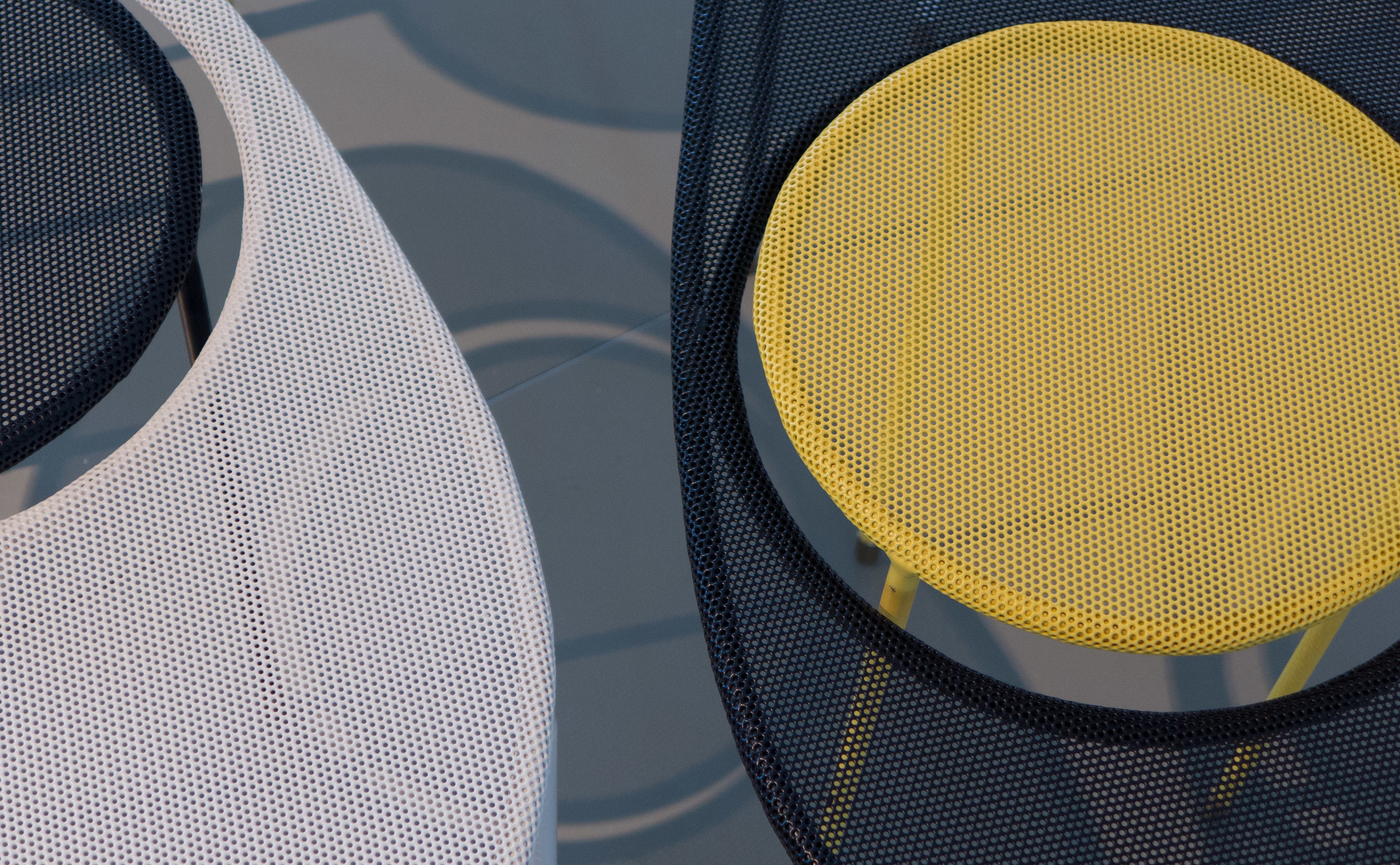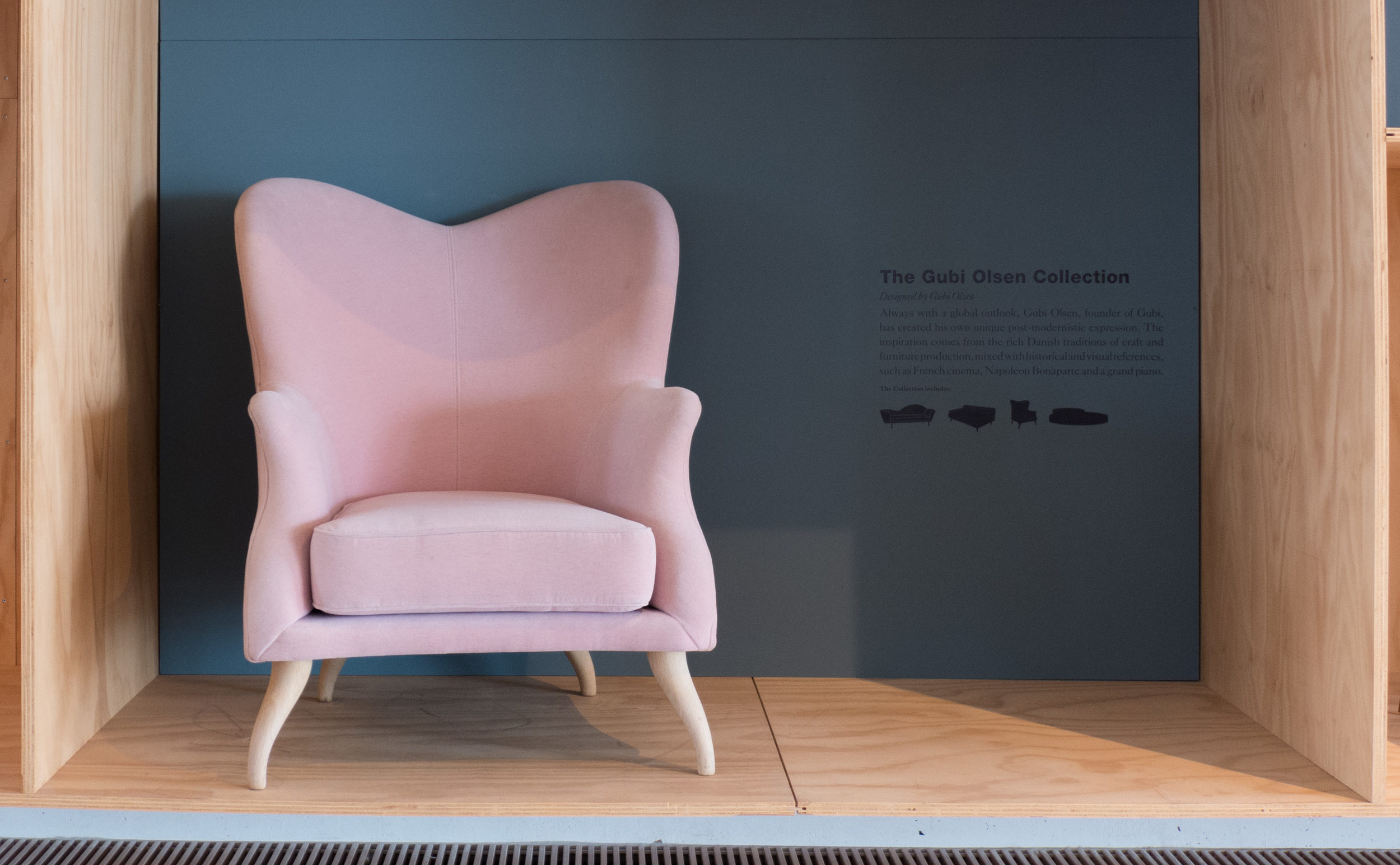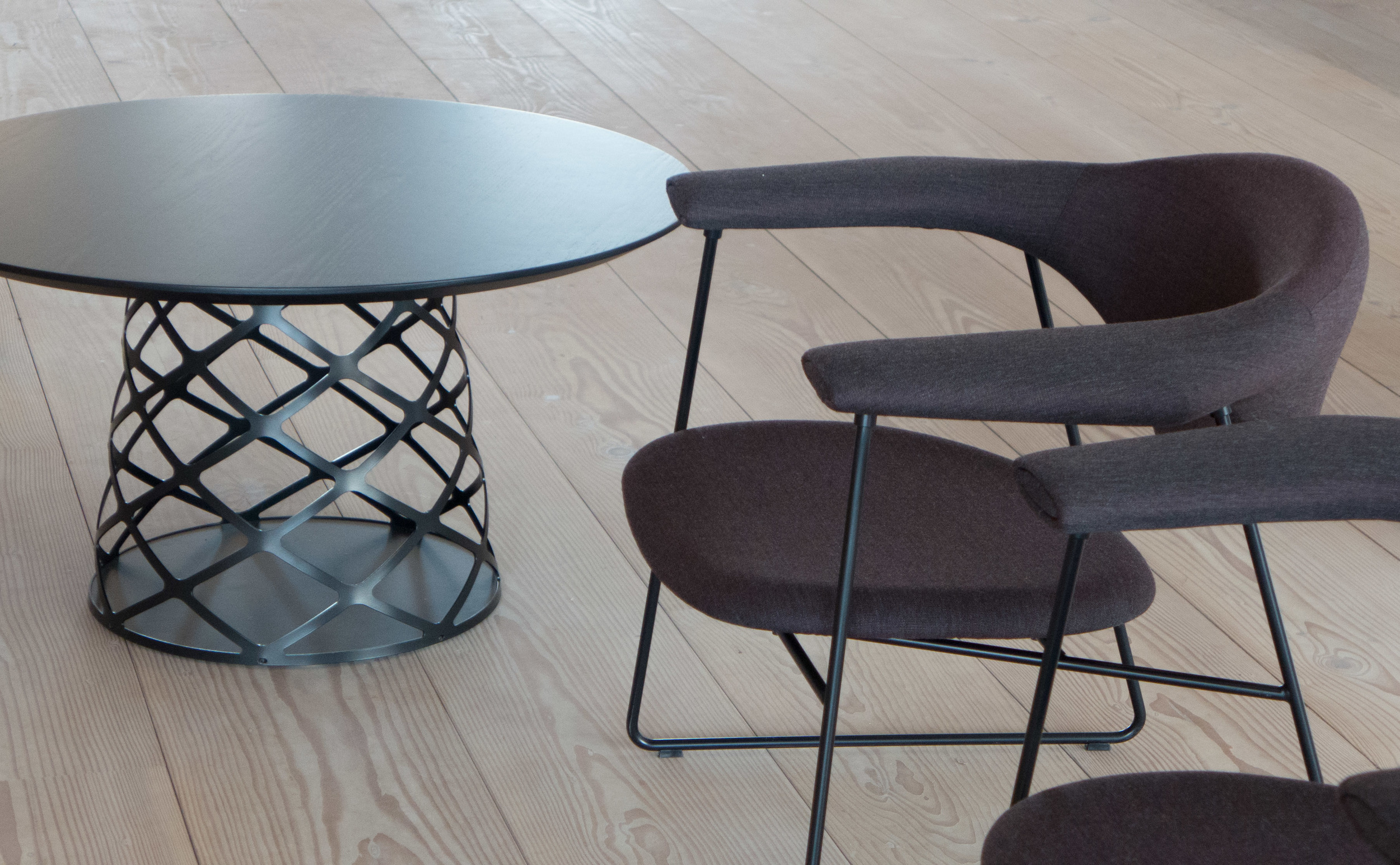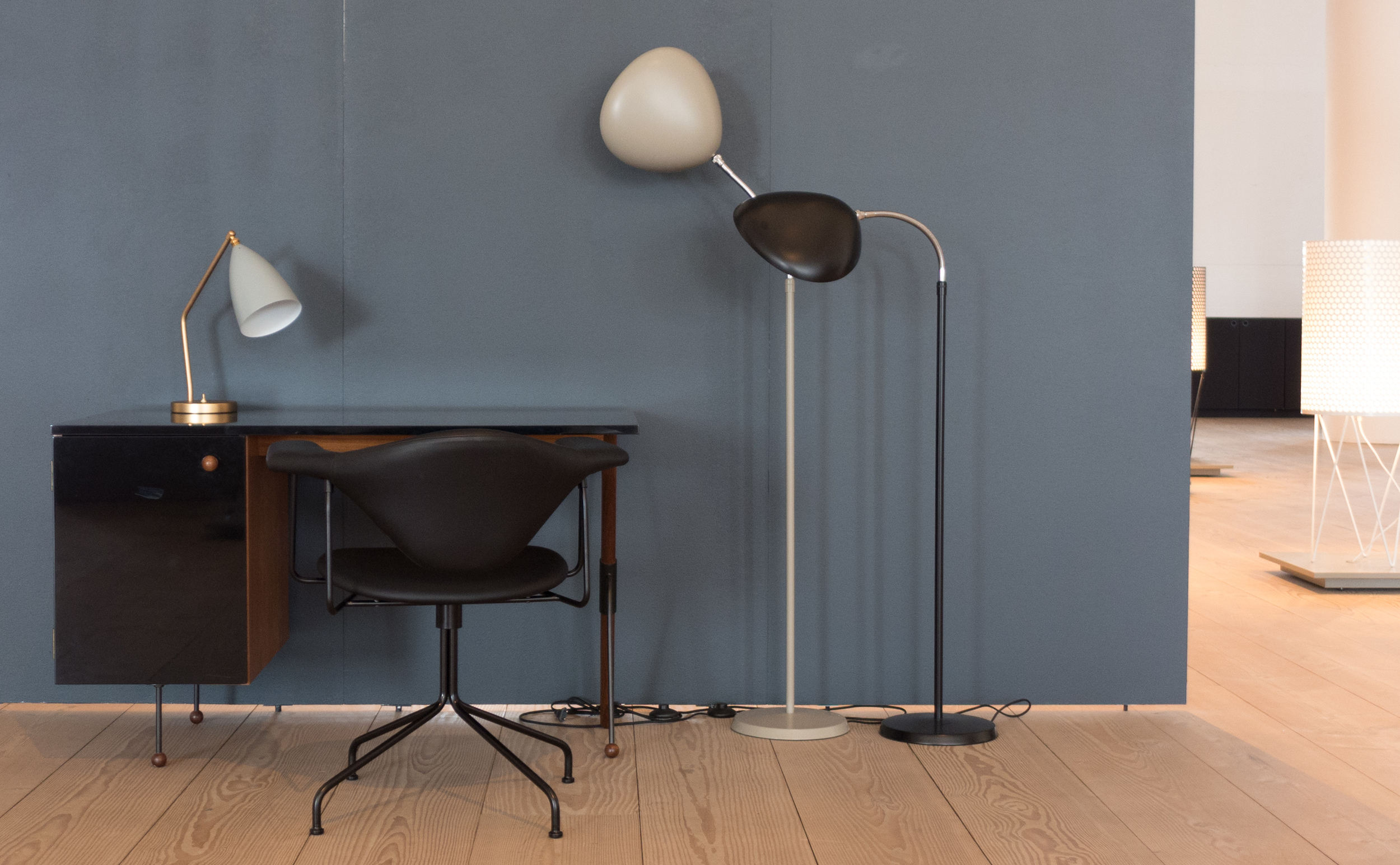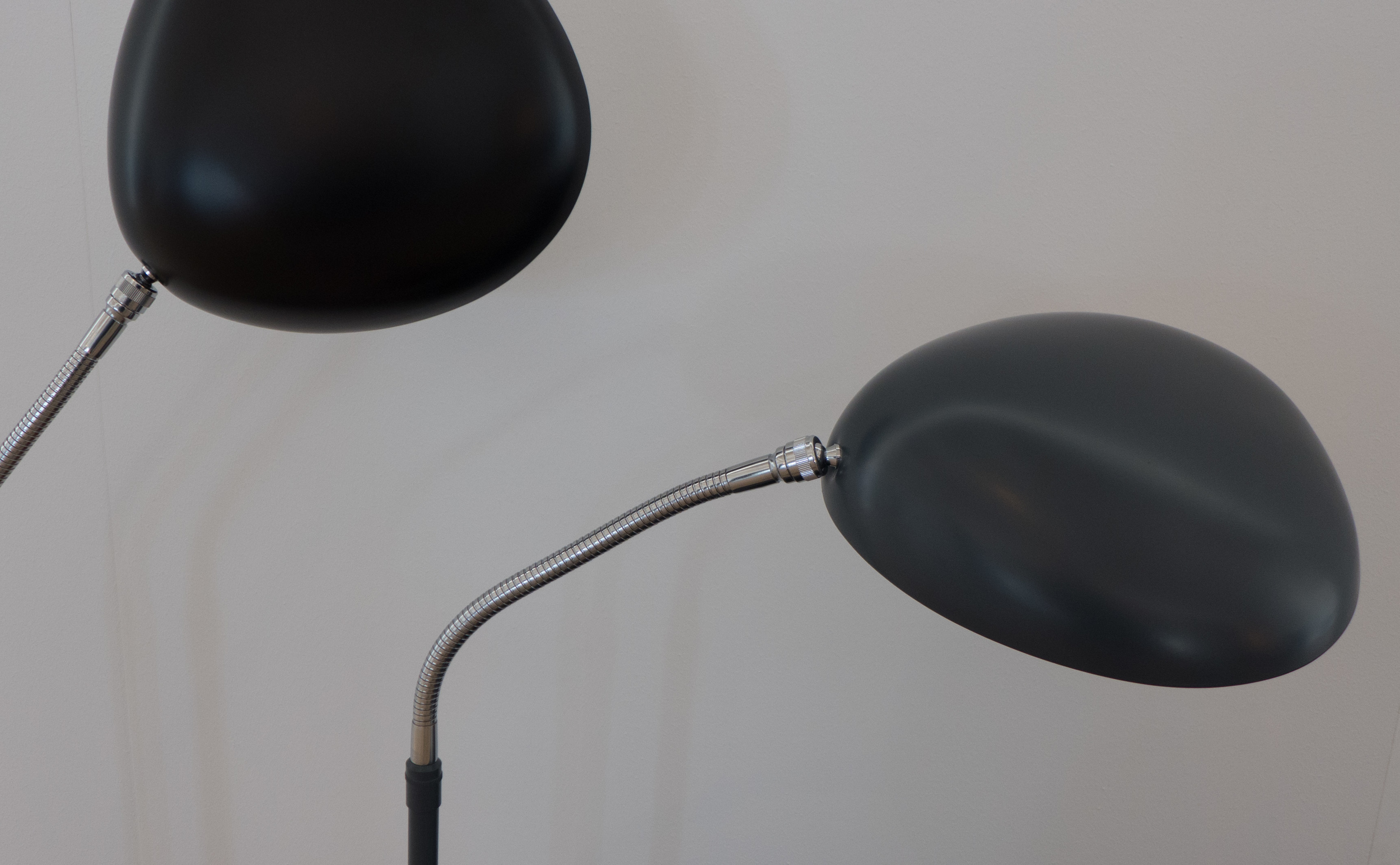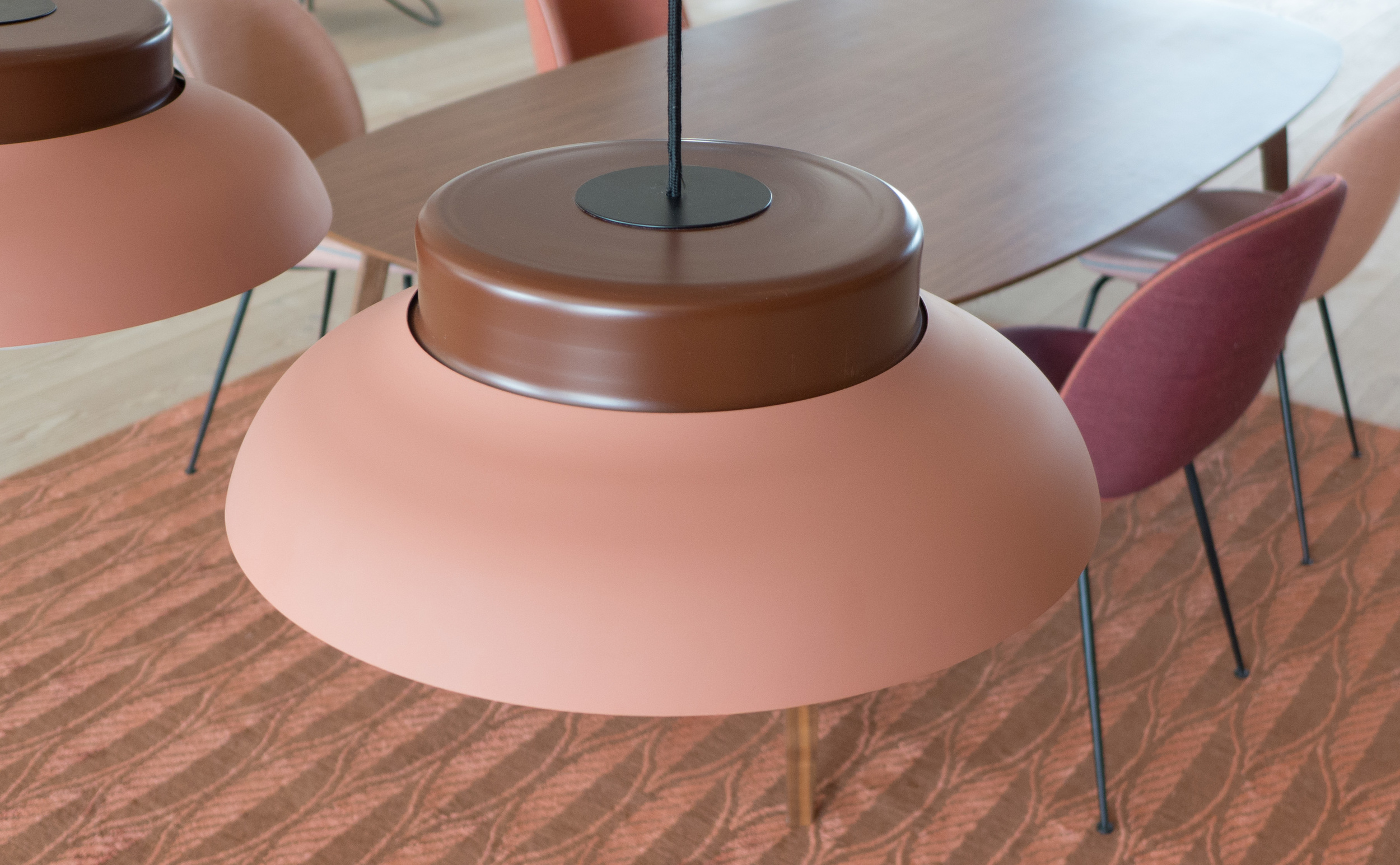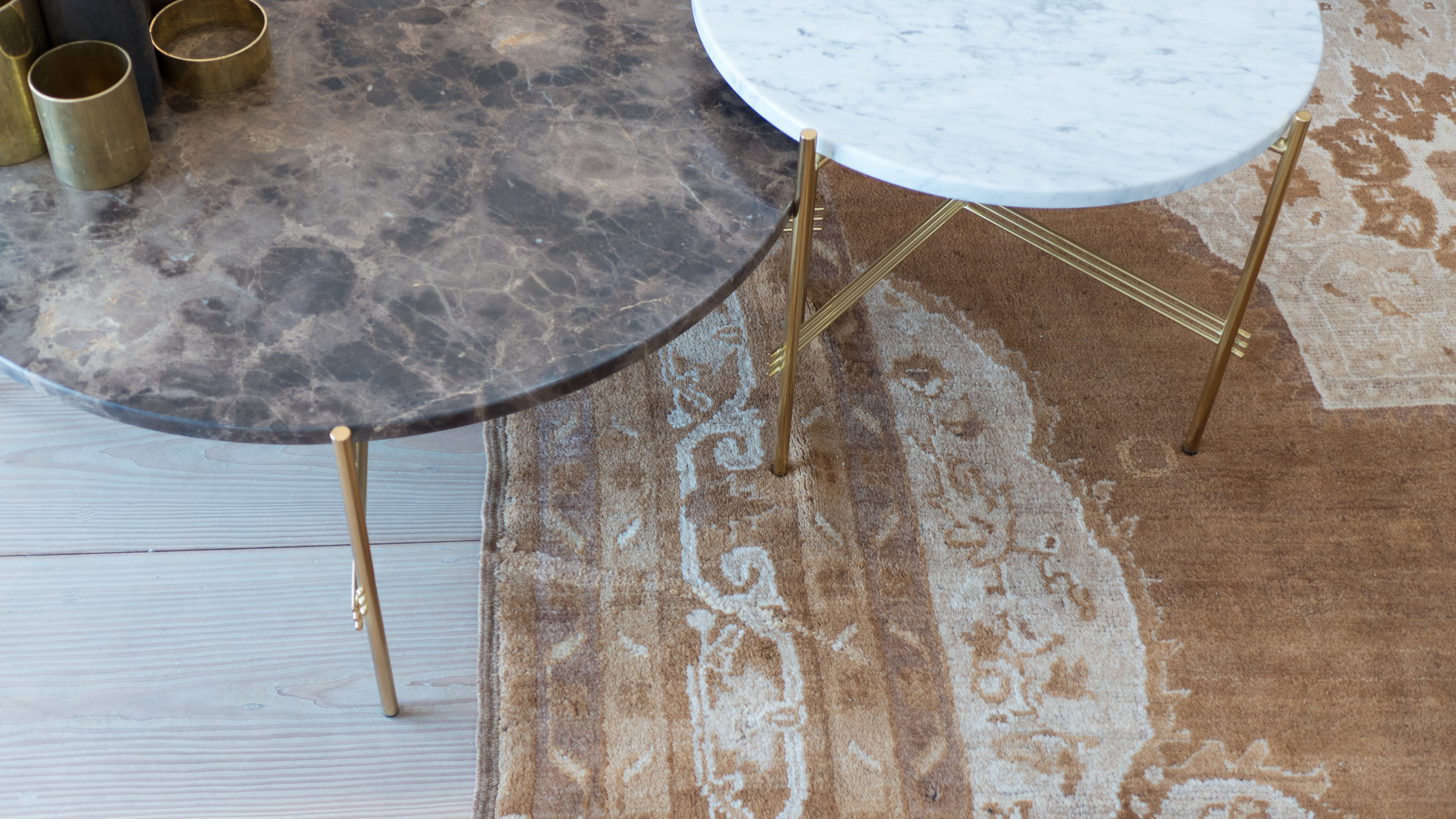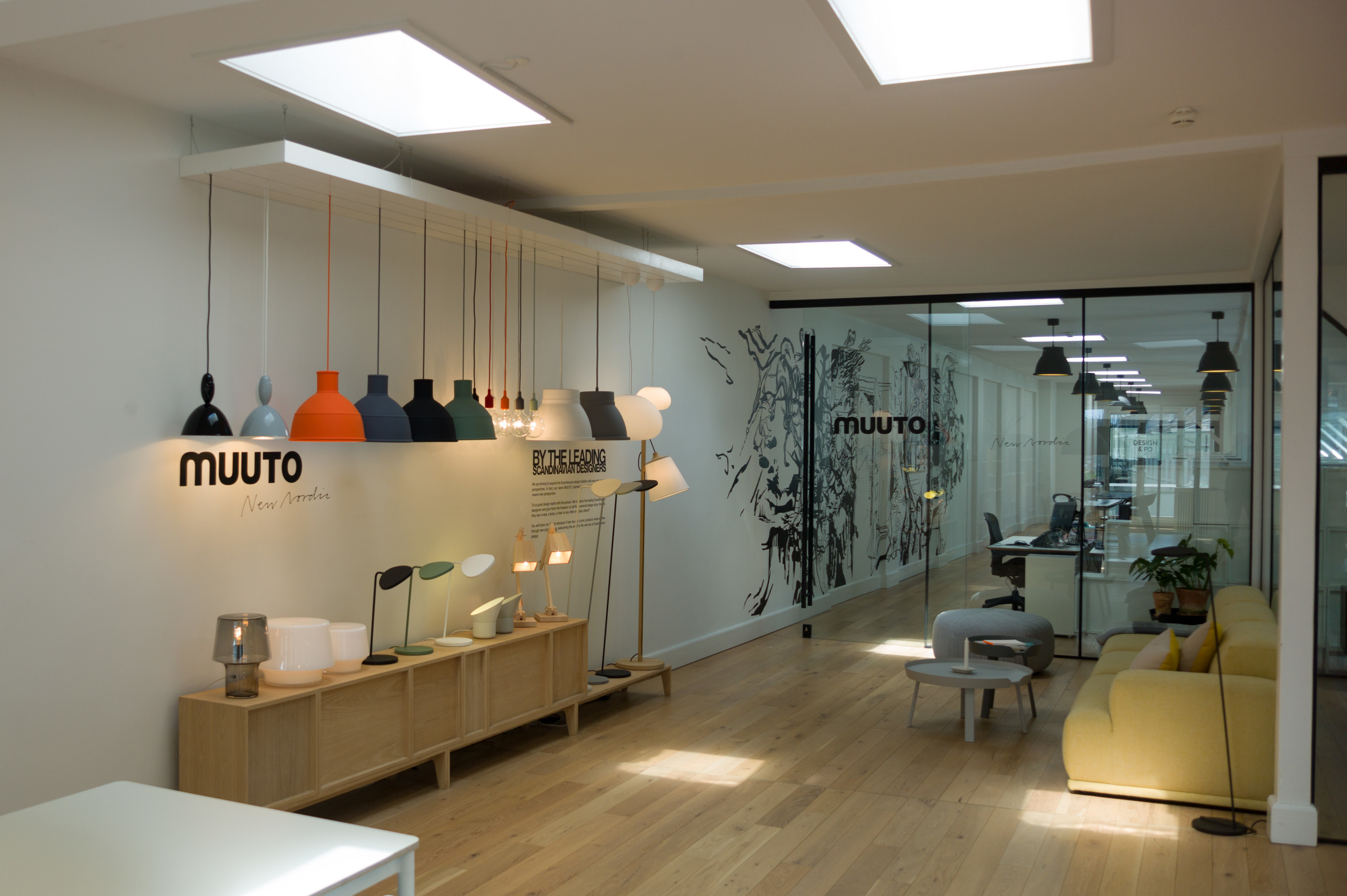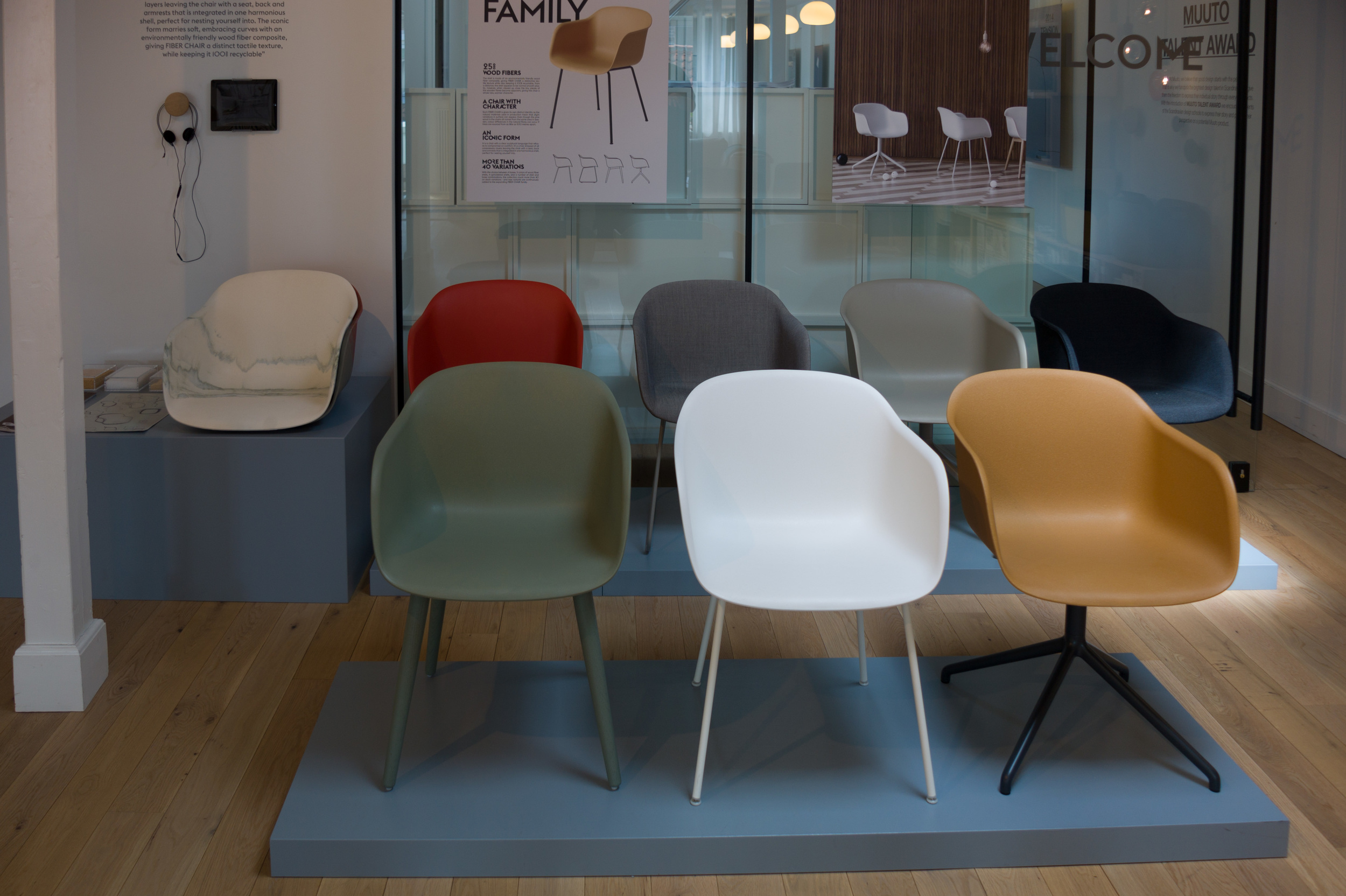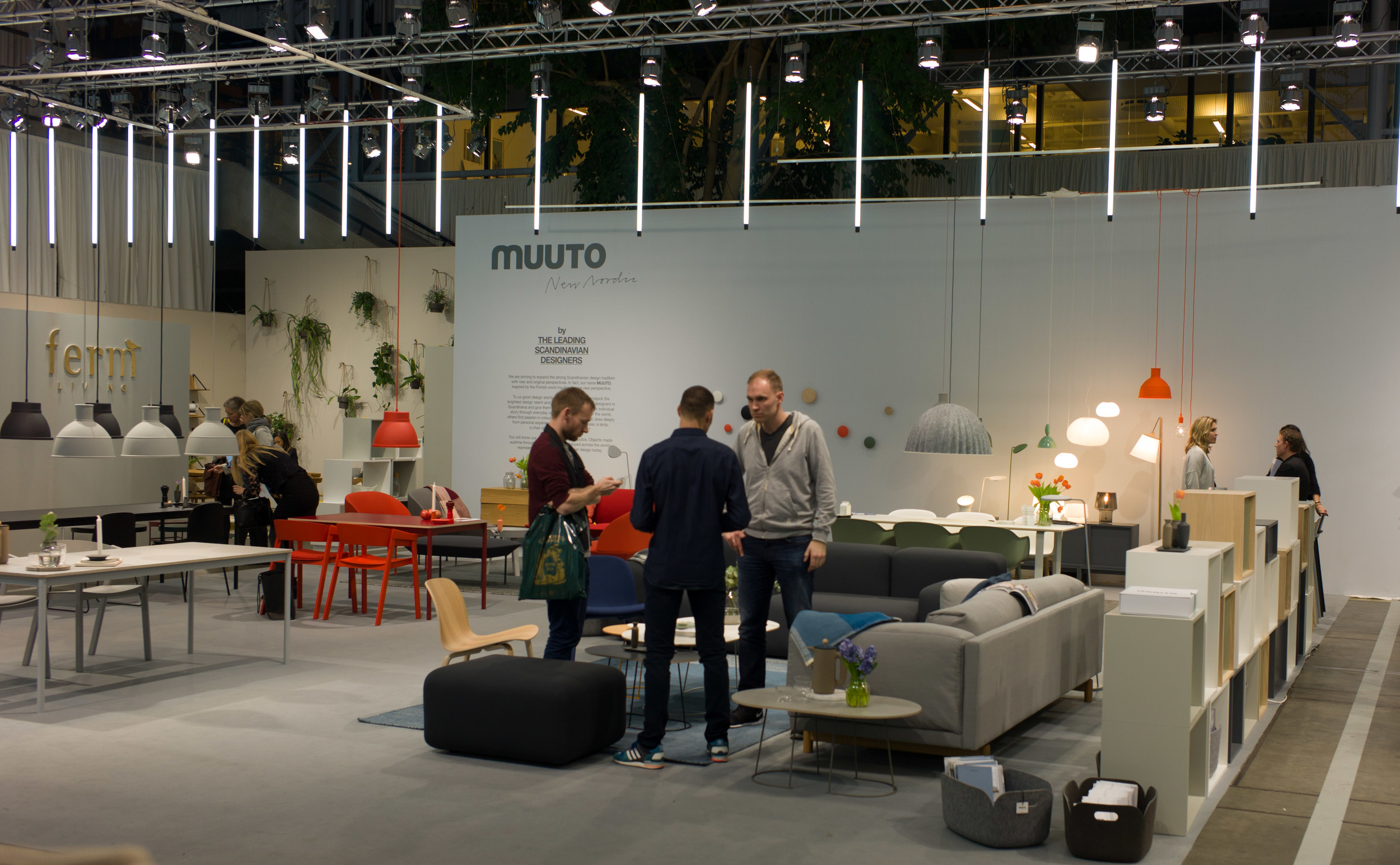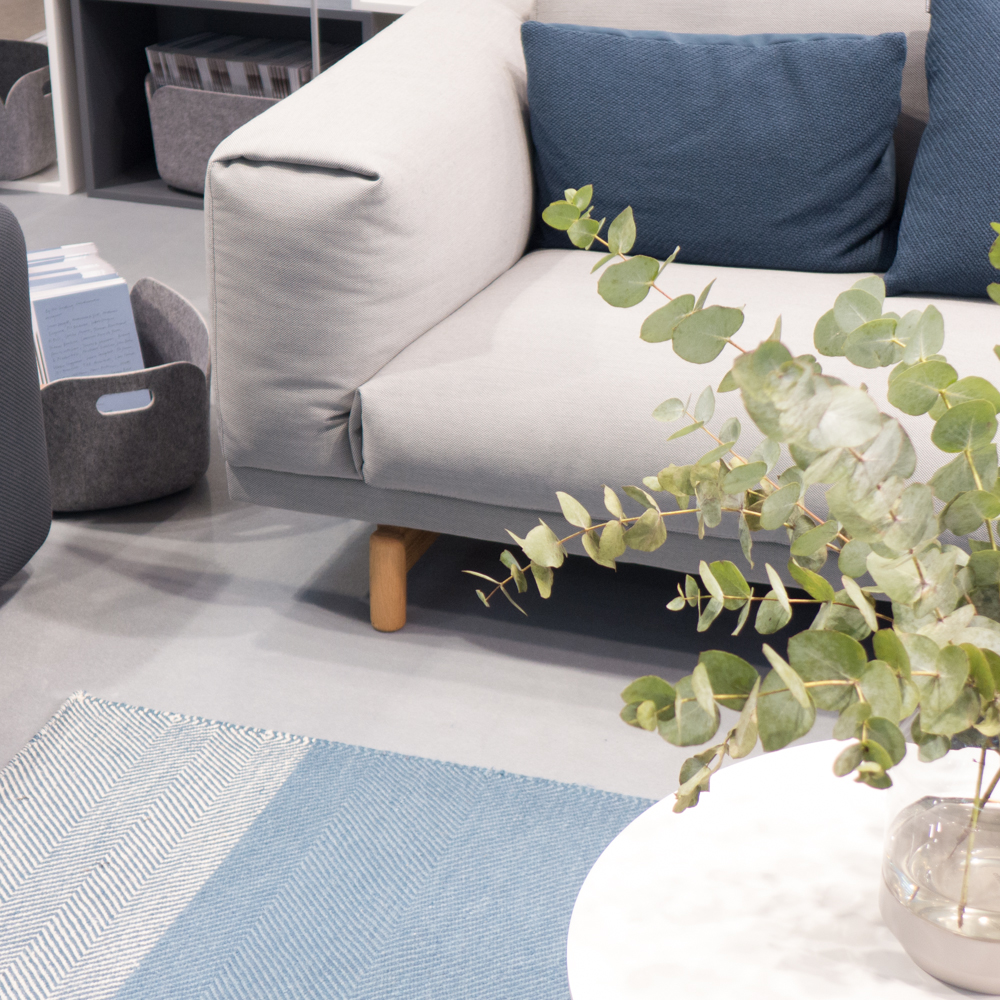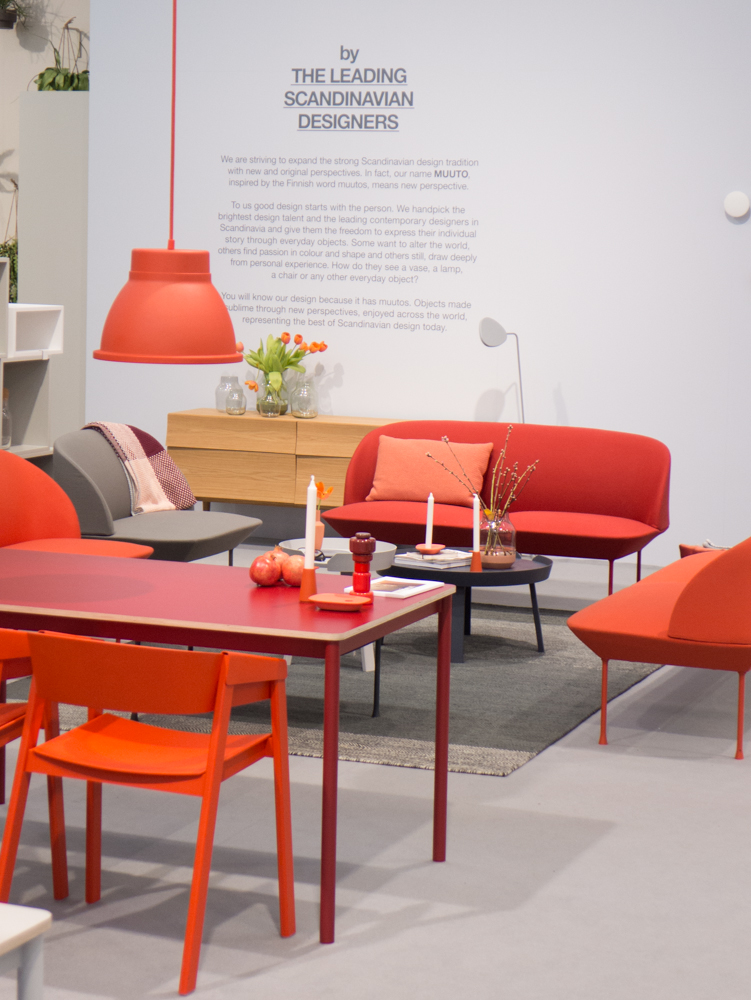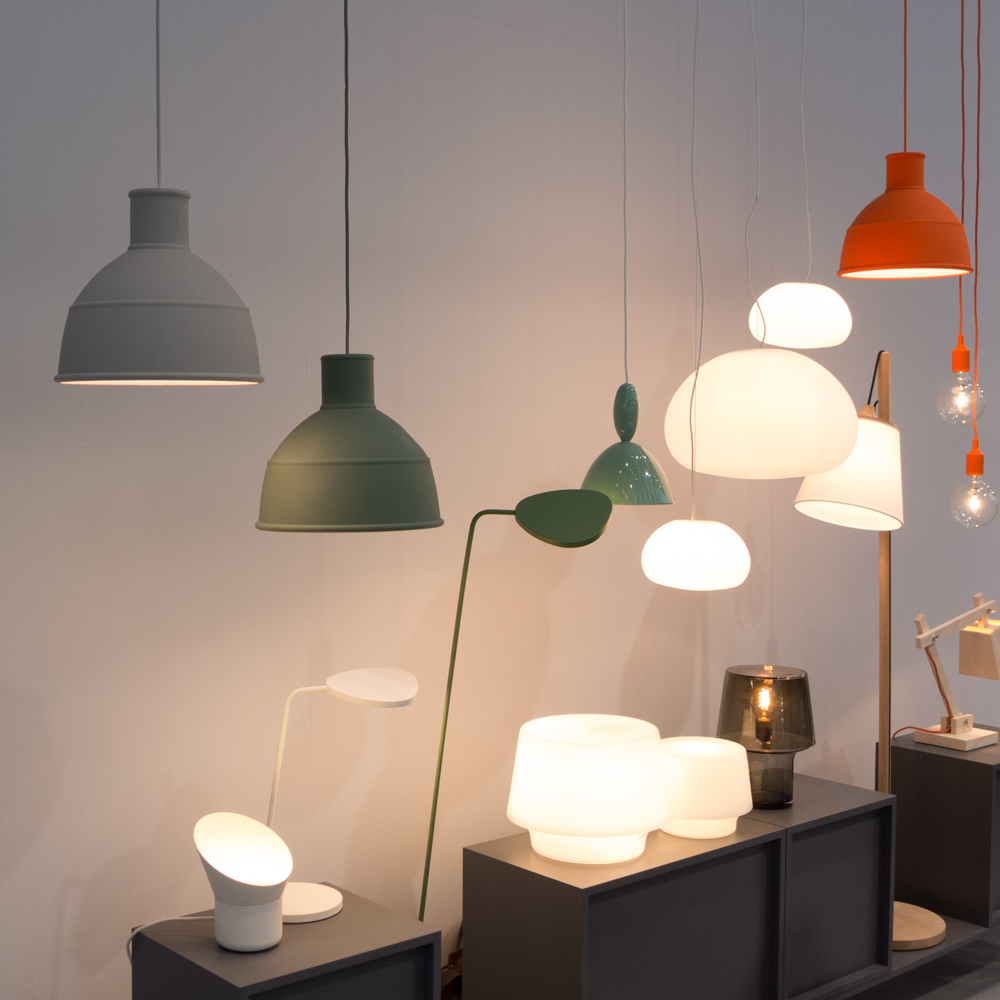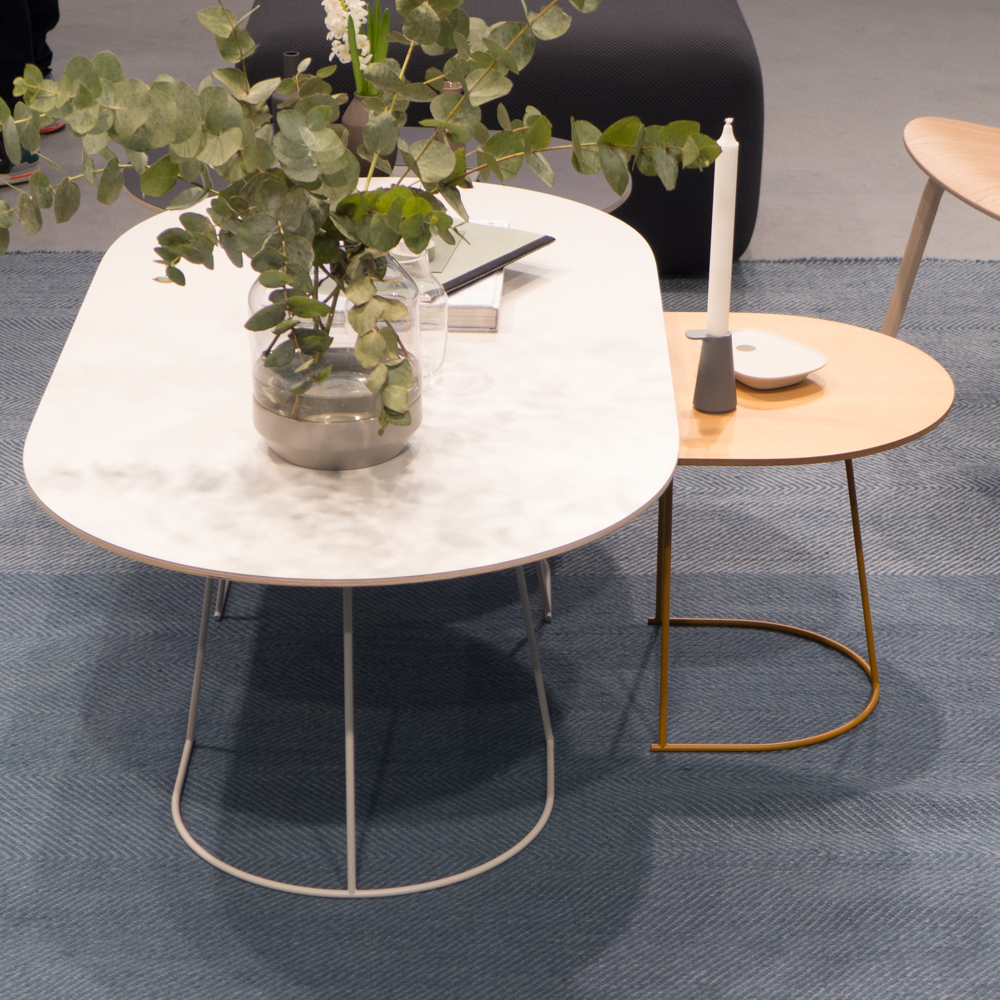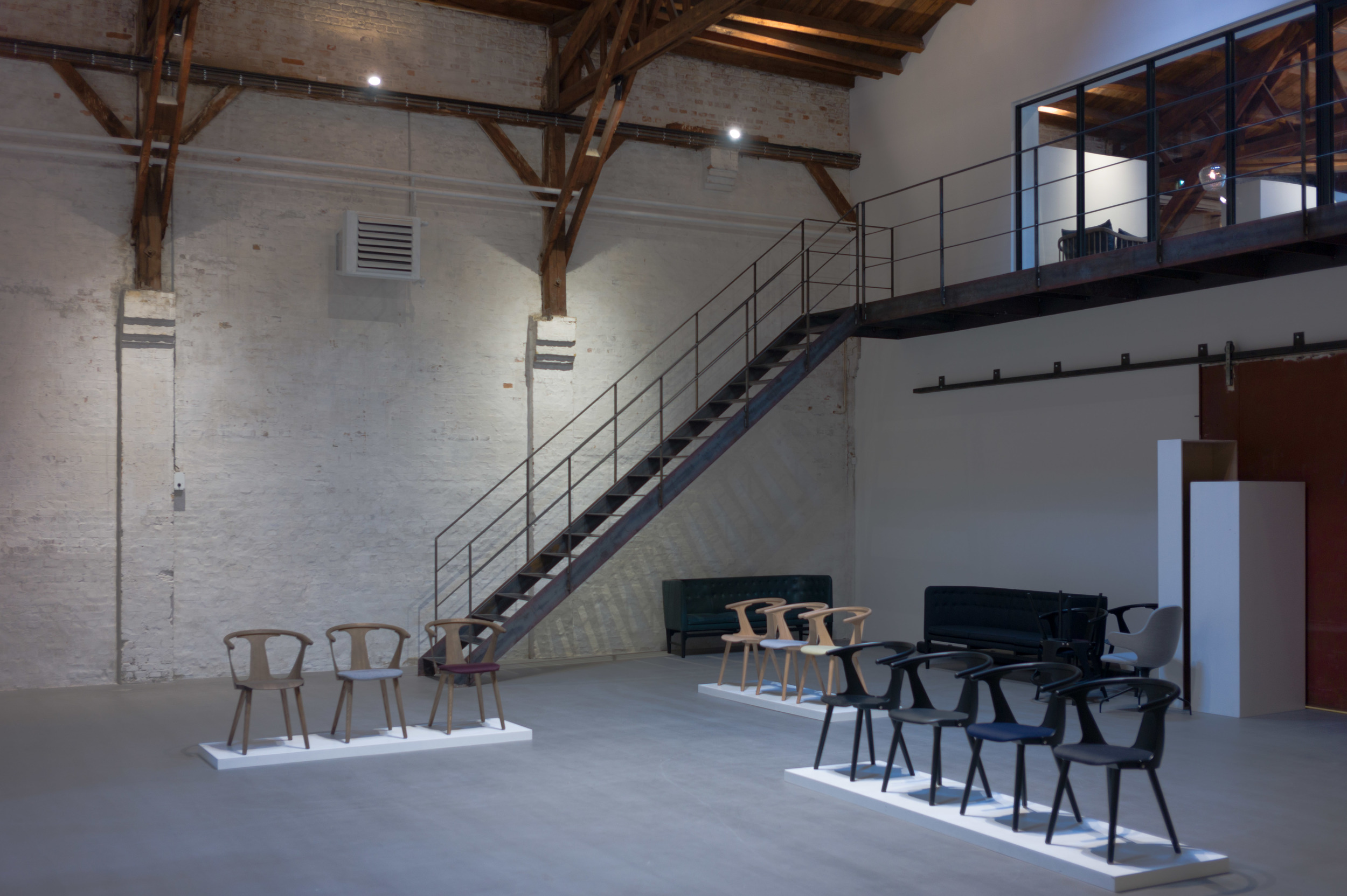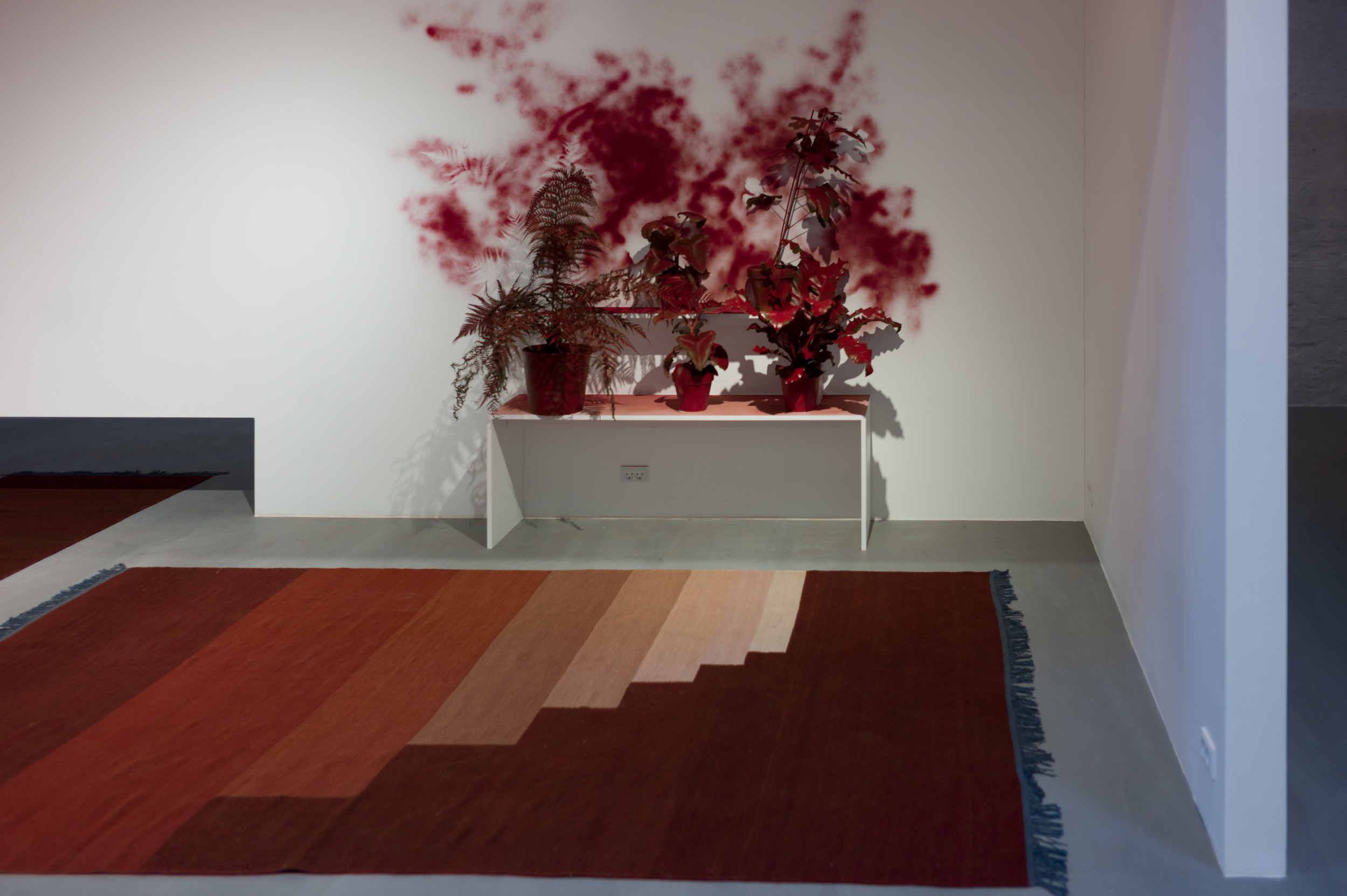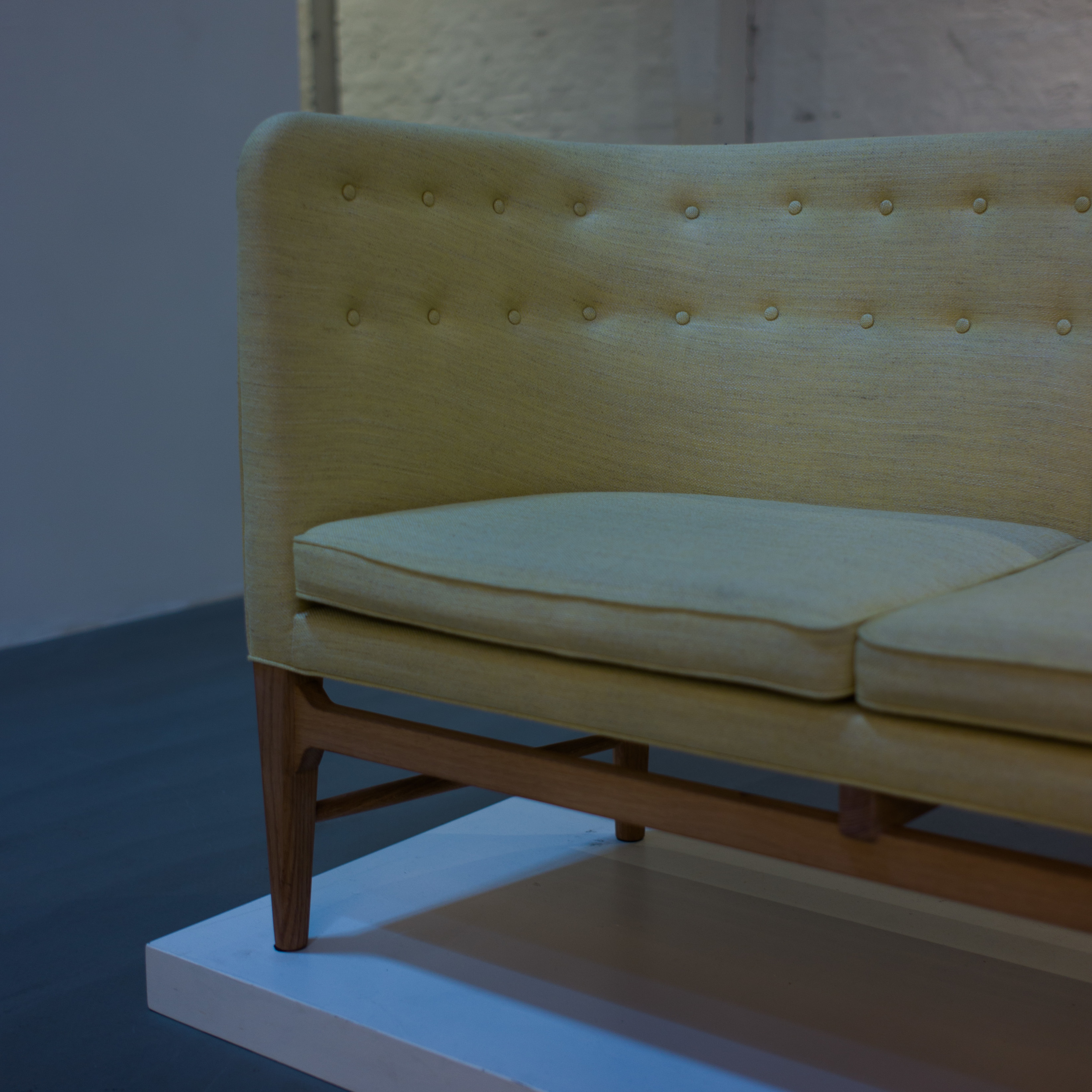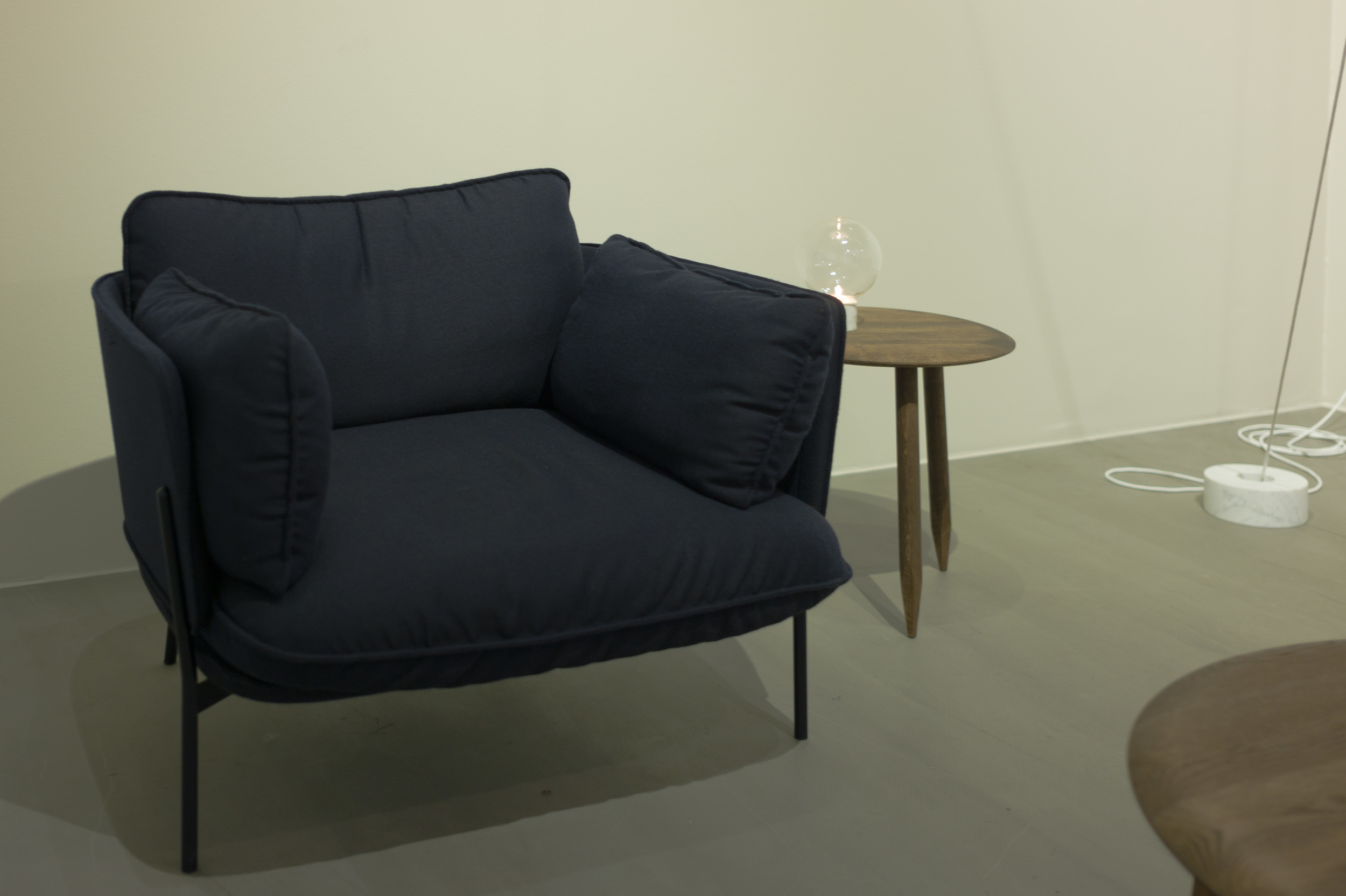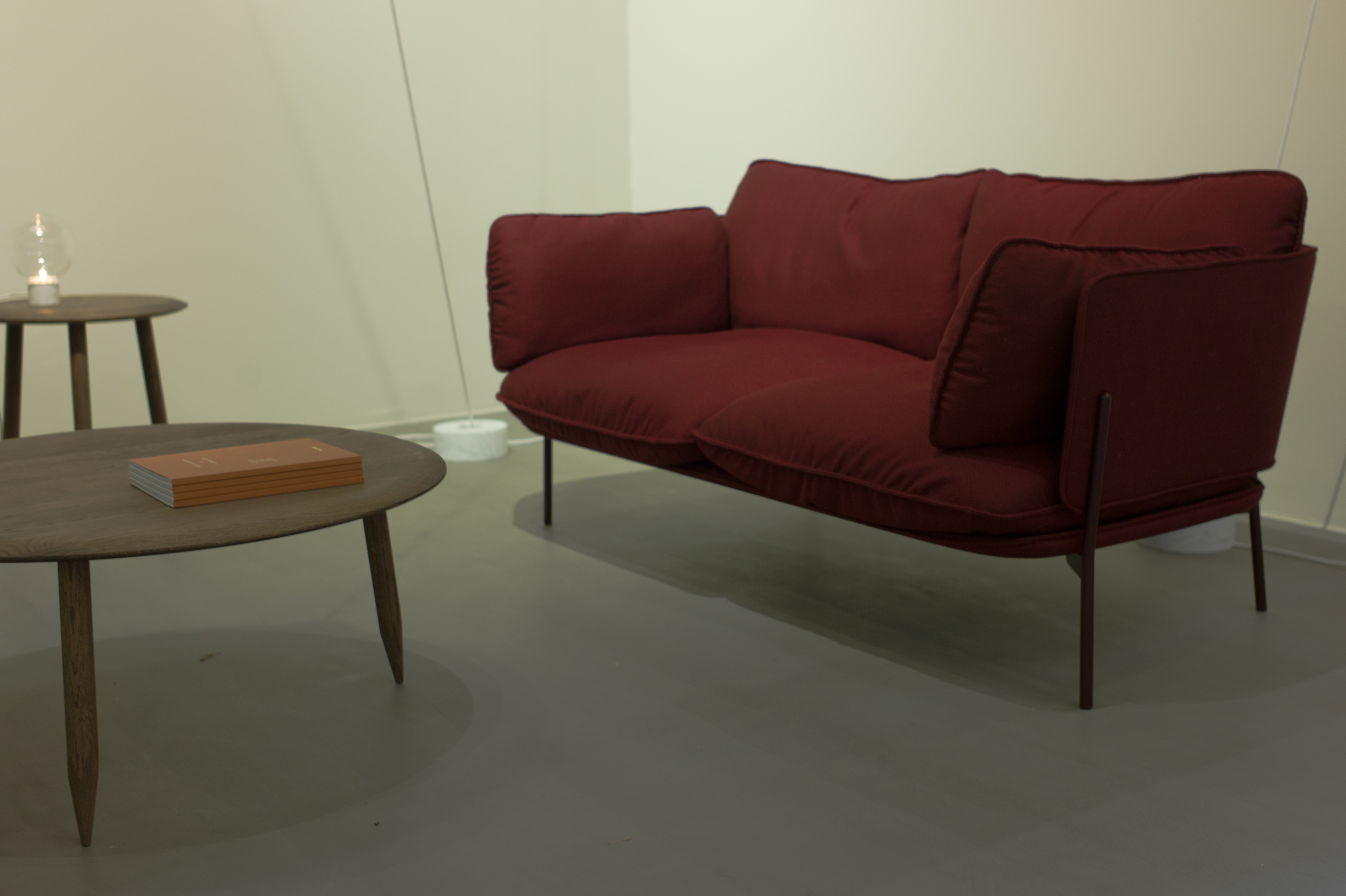3daysofdesign was, primarily, a trade fair in and around Copenhagen to show the products of some forty designers and manufacturers: lecturers and receptions were clearly aimed at people working within the industry or buying for independent stores or on a contract basis for commercial interior design or furnishing projects although these open days were an opportunity for the public to look around showrooms that are usually open by appointment or normally only visited by trade buyers.
Presumably, few customers, walking into a furniture store to buy a chair or a table or a sofa, ever give a second thought to the contract catalogue of the manufacturer although, either directly or subliminally, that may well be what has influenced their choice.
Of course a contract to supply furniture to a hotel or a new restaurant is important income for the turnover of a company but it can also mean high public exposure for designs that are a long-term and ongoing advert that can consolidate the reputation of both the designer and the manufacturer.
One example of a Danish company that produces clearly commercial furniture alongside high-quality furniture for the home is Getama who make seating for theatres and auditoriums, including the Royal Danish Playhouse and the Nørrebro Theatre in Copenhagen, and beds for Danish Embassies, the Danish Army and numerous hotels. Although, presumably, few in the audience leaving the theatre will think that what they really need for their apartment is a theatre seat, a reputation for making such heavily used and robust but stylish furniture contributes enormously to the reputation of the company and their furniture.
OneCollection have produced furniture from designs by Finn Juhl for the Danish House in Paris and furniture for the Danish embassy in Washington and, of course, new seating for the recent refurbishment of the Trusteeship Council Chamber at the UN building in New York that was designed by Juhl in 1951 - all high profile and prestigious projects that have contributed to the rapidly-growing international reputation of the company.
Furniture for fashionable hotels and restaurants give designers and furniture manufacturers important and ongoing exposure … NOMA in Copenhagen was refurbished in 2012 with dining chairs from J L Møller that were designed in 1962 but are combined with new tables designed specifically for the restaurant and with new, low, armed chairs, the Ren Chair, designed by Space of Copenhagen for Stellarworks.
Furniture, including Beetle Chairs and bar stools from Gubi have been used for the Standard on the harbour front in Copenhagen and their Masculo Chairs, designed by GamFratesi, are used at the prestigious restaurant Amass.
For many people their first chance to actually sit in or use a design piece may well be in a restaurant or in a hotel room and this can mean that some are tempted to buy the designs for their own homes. Certainly, new ideas tried in hotels do transfer across to the domestic market ... so, for instance, the demand for en-suite bathrooms and the increasing fashion for wet rooms in homes in England must surely be driven by a wish to imitate something enjoyed in a stay at a hotel. And, of course, advertisements for the hotel or restaurant and reviews in newspapers will also show off well the furniture. Many hotels and restaurants are also used as sets for photo shoots for ads for glossy fashion magazines, again making readers of those fashion magazines familiar with good recent furniture designs or with possible new trends in interior design.
But well-designed furniture does not just have an influence when used in expensive places to stay or eat. Muuto have ensured that their chairs comply with high standards required for contract use in hospitals and schools which should reassure customers that they are robust and easy to maintain.
Even good, well-designed furniture used in schools can have a long-term influence - at the very least teaching children to appreciate good design. At the beginning of the year at Northmodern, the design fair at the Bella Center in Copenhagen, I was talking to a manager from the Paustian furniture store in Copenhagen. As a child he had been to a school in Copenhagen that was designed by Arne Jacobsen - presumably Munkegårdsskolen - and it was only after leaving school that he found out, much to his surprise, that not all children had Jacobsen furniture in the classroom. I wonder how much his choice of career was influenced by the furniture he sat on in school for all those years?





